Other
News Researchers develop clever algorithm to improve our understanding of particle beams in accelerators

“The algorithm pairs machine-learning techniques with beam physics equations to avoid massive data crunching. Whenever SLAC National Accelerator Laboratory’s linear accelerator is on, packs of around a billion electrons each travel together at nearly the speed of light through …
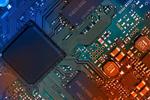
“Engineers have found a metallic compound that could bring more efficient forms of computer memory closer to commercialization, reducing computing’s carbon footprint, enabling faster processing, and allowing AI training to happen on individual devices instead of remote servers. Over …

“After decades of effort and help from SLAC’s X-ray laser, scientists have finally seen the process by which nature creates the oxygen we breathe. Photosynthesis plays a crucial role in shaping and sustaining life on Earth, yet many aspects …

“Some of the most exciting topics in modern physics, such as high-temperature superconductors and some proposals for quantum computers, come down to the exotic things that happen when these systems hover between two quantum states. Unfortunately, understanding what’s happening …
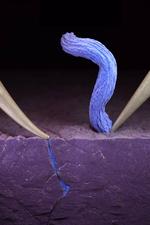
“In the race for fast-charging, energy-dense lithium metal batteries, researchers discovered why the promising solid electrolyte version has not performed as hoped. This could help new designs – and eventually battery production – avoid the problem. New lithium metal batteries with solid …

“Rechargeable lithium-ion batteries power phones, laptops, other personal electronics and electric cars, and are even used to store energy generated by solar panels. But if the temperature of these batteries rises too high, they stop working and can catch fire …

“To invent a new tool for studying how chemicals react at interfaces, researchers shoot tiny jets of oil and water at each other and illuminate them. When sunlight reflects on an oily puddle of water in a parking lot, it …
News New nanoscale 3D printing material designed by Stanford engineers could offer better structural protection for satellites, drones, and microelectronics
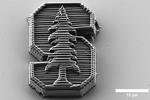
“Engineers have designed a new material for nanoscale 3D printing that is able to absorb twice as much energy as other similarly dense materials and could be used to create better lightweight protective lattices. Science fiction envisions rapid 3D printing …
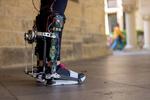
“After years of careful development, engineers have created a boot-like exoskeleton that increases walking speed and reduces effort outside of the lab. For years, the Stanford Biomechatronics Laboratory has captured imaginations with their exoskeleton emulators – lab-based robotic devices that help …
News New 3D printing method designed by Stanford engineers promises faster printing with multiple materials
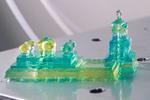
“Stanford engineers have designed a method of 3D printing that is 5 to 10 times faster than the quickest high-resolution printer currently available and is capable of using multiple types of resin in a single object. Advancements in 3D printing …
